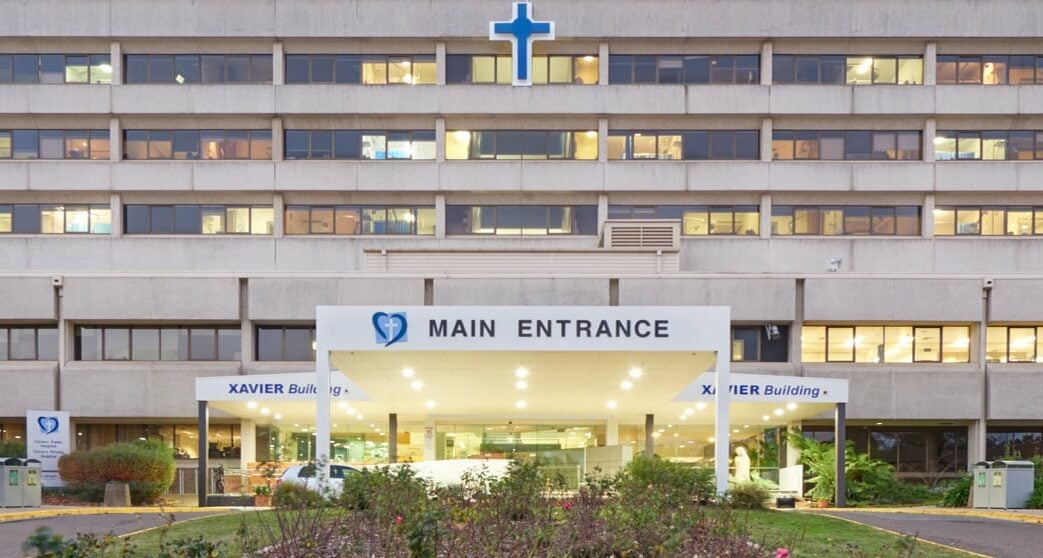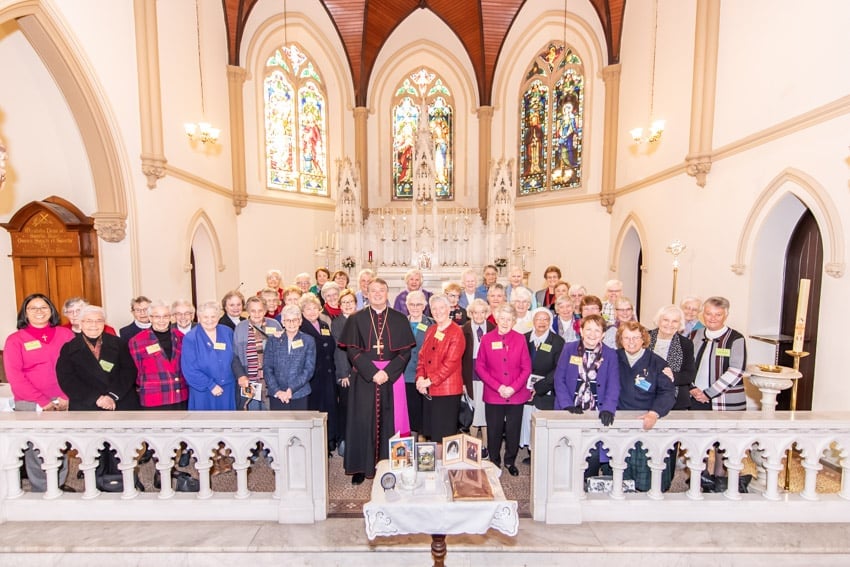
In the early 2000s, the management of Calvary Hospital in Canberra recognised they had a problem.
Nearly all Calvary’s terminally ill patients were saying they wanted to spend their final days in the comfort of their homes, surrounded by loved ones.
But appropriate professional healthcare support was not available at home. So patients were instead spending their final days in hospital.
This was not, of course, a problem unique to Calvary Hospital in Canberra. But it was Calvary Hospital in Canberra that acted.
Calvary pioneered a home hospice service which, at the time, represented a bold departure from traditional palliative care models.
Doctors, nurses, and trained volunteers offered round-the-clock support, encompassing pain and symptom management, emotional and psychological support, spiritual care, and bereavement support for families.
Implementing the new home hospice service was difficult, demanding the reorientation of resources, training, and logistical planning. But the impact was transformative.
Calvary patients were able to spend their last days in a setting of their choice, enveloped by the warmth and love of their families.
Other hospitals across Australia, recognising the profound benefits of Calvary Hospital’s innovative approach, began to adopt this now-proven model.
Today, the influence of Calvary Hospital’s initiative can be seen in the widespread acceptance and implementation of home hospice services across the country. It changed the way end-of-life care is delivered in Australia.

Last week the ACT Government used its numbers in the Legislative Assembly to push through legislation to forcibly acquire Calvary Hospital.
Calvary managers and clinicians have warned the ACT Government the bafflingly swift and brutal acquisition process will put staff welfare and patient outcomes at risk. They’ve been ignored.
There are plenty of big moral reasons to be worried about what the ACT Government is doing. Valid concerns have been raised about freedom of religion, government overreach, and due process. Some of these will now play out through the legal system.
But there are also earthlier reasons to be worried. The ACT Government’s move represents an unprecedented broadside against a sector that has done incredible work for Australian society since the Sisters of Charity from Ireland founded the very first Catholic hospital, St Vincent’s, in Sydney in 1857.
At the time Australia was a developing colony with rudimentary healthcare systems. Other Catholic orders soon followed suit, opening hospitals across the country.
These hospitals provided healthcare services to all, regardless of social or economic status, with a particular focus on the most vulnerable members of society. They are a core part of the history of Australian egalitarianism.
When Sydney experienced a 19th century cholera outbreak, for example, most healthcare providers hesitated to treat contagious patients.
The Sisters of Charity, however, willingly took them in. A century later, when the HIV/AIDS epidemic tore through a vulnerable community, most hospitals were hesitant to devote resources to the disease given stigma and fear of contagion.
It was St Vincent’s that bucked the trend and created the first ward dedicated to HIV/AIDS care in Australia: Ward 17 South.
Although “holistic care” might sound to some like a modern spiritual notion, a holistic approach to healthcare has always been fundamental to Catholic hospitals.
This is deeply rooted in the Catholic understanding of the human person, which asserts that the physical, spiritual, and psychological aspects of a person are intrinsically intertwined.
The long history of Catholic hospitals in Australia also extends beyond direct patient care.
Many of these institutions have deep connections with universities and offer educational and training opportunities to aspiring healthcare professionals.
They have traditionally made strong contributions to medical research and public health initiatives, enriching Australia’s international standing in health.
Catholic hospitals in Australia also have a long tradition of community outreach and engagement. They have often extended their services beyond their hospital walls, providing community health programs, free clinics, and healthcare education for those unable to access standard healthcare facilities.
They provide volunteer opportunities, encouraging community members to contribute and foster a sense of connectedness. During the Covid-19 pandemic, for example, Mater Hospital in Brisbane set up a free testing centre and provided food and essential supplies to the elderly and vulnerable who found themselves isolated.
This work however is generally performed without fanfare or publicity and this has arguably made Catholic hospitals a target for big government intervention, as seen in the ACT.
Other Australian governments however must be aware of the tremendous social benefit Catholic hospitals have delivered and can continue to deliver.
The pioneering contribution of Calvary Hospital in Canberra to Australian palliative care was not born of a vacuum.
It was the natural extension of an ethos and philosophy that has been helping and healing Australians since before federation.
